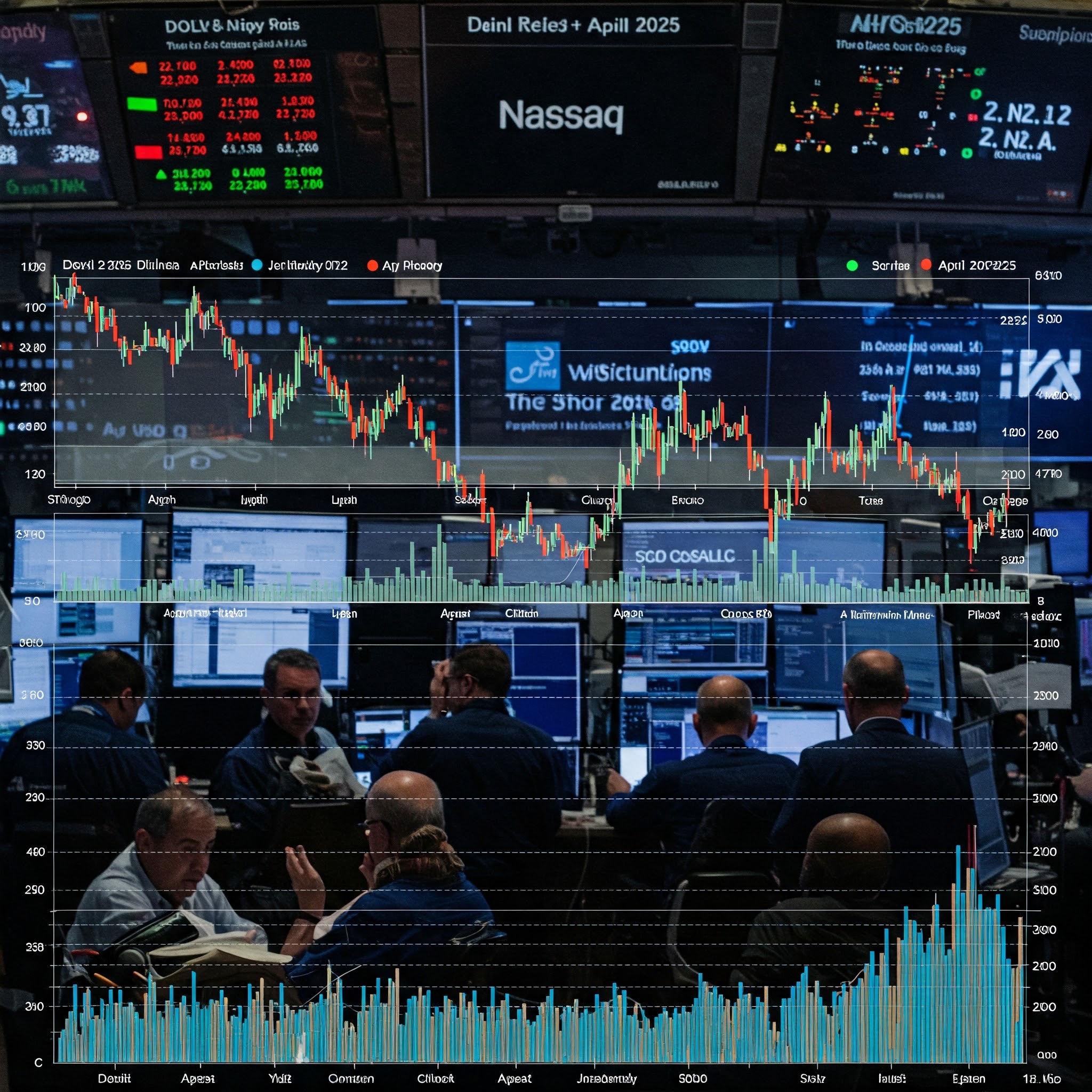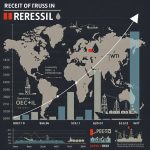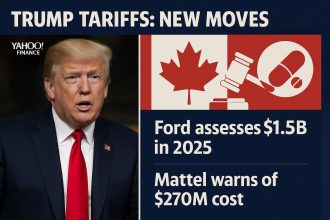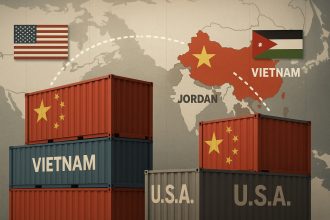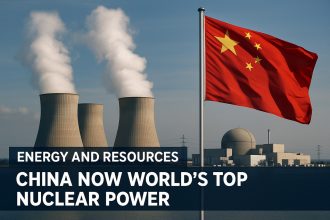As I sit here with my morning coffee, reflecting on the whirlwind of events that shook the financial world last month, I can’t help but feel a mix of awe and concern. April 2025 will go down in history as a month of extremes—marked by a sudden and severe stock market crash triggered by U.S. tariff policies, followed by a glimmer of recovery when those tariffs were paused. As Anna Petrova, a journalist with a decade of experience covering markets and human stories, I’ve always believed that behind every stock ticker lies a human story. This crash was no different, affecting millions of people whose lives are intertwined with the ebb and flow of global economies.
Let’s dive into what happened, why it matters, and what we can learn from it—all while keeping things relatable and straightforward, as if we’re chatting over coffee.
The Trigger: Trump’s “Liberation Day” Tariffs
It all started on April 2, 2025—a day President Donald Trump dubbed “Liberation Day.” In a bold move, he announced sweeping tariffs designed to protect American industries and reduce trade deficits. These tariffs weren’t just targeted at one or two countries; they impacted nearly every sector of the U.S. economy and countries around the world (2025 Stock Market Crash). Trump’s administration argued that these measures were necessary to counteract what they saw as unfair trade practices and to bring jobs back to America.
But while the intention might have been to “liberate” the U.S. economy, the immediate effect was anything but liberating for global markets. Investors, fearing a full-blown trade war and its potential to disrupt supply chains and hike costs, reacted with panic. The announcement came as a shock, especially since the U.S. economy had been performing relatively well in the early months of 2025.
The Immediate Aftermath: Markets in Freefall
The fallout was swift and brutal. On April 3, 2025, the Dow Jones Industrial Average closed at 40,545.93, down a staggering 1,679.39 points—or nearly 4%. The Nasdaq Composite, heavily weighted toward tech stocks, took an even harder hit, closing at 16,550.60 after shedding 1,050.44 points, a drop of almost 6% (Stock Market Updates). The selling didn’t stop there. By April 4, the Dow had plummeted another 2,231.07 points to close at 38,314.86—a 5.5% decline—while the Nasdaq fell to 15,587.79, down 962.82 points or 5.82%. It was on this day that the Nasdaq officially entered bear market territory, having declined more than 20% from its earlier peak.
The pain wasn’t confined to Wall Street. Global markets felt the ripple effect. Japan’s Nikkei 225 index dropped nearly 2% in early trading on April 4, while South Korea’s Kospi fell more than 1% (Tariffs News). European markets also tumbled, reflecting the interconnected nature of today’s global economy. Within just two days, over $6.6 trillion in market value had evaporated—the largest two-day loss in history.
As a journalist, I’ve covered market crashes before, but this one felt different. It wasn’t just about numbers; it was about the speed and scale of the decline. I remember thinking about my friend Sarah, who had recently invested her life savings into the market, hoping for a secure retirement. Watching her portfolio shrink overnight must have been heartbreaking—and she’s not alone. Millions of people, from small business owners to everyday workers, felt the sting of this crash.
A Ray of Hope: The Tariff Pause
Just when it seemed like the markets might spiral further, a lifeline appeared. On April 9, President Trump announced a 90-day pause on the new tariffs for dozens of countries—excluding China (Trump Tariffs Impact). This decision was like a breath of fresh air for investors who had been anxiously watching for any sign of de-escalation.
The market’s response was immediate and dramatic. On April 9, the Dow Jones surged 2,962.86 points—or 7.87%—to close at 40,608.45. The Nasdaq Composite saw an even bigger rebound, jumping 1,857.06 points or 12.16% to 17,124.97. It was one of the largest single-day gains in history for both indices. For a moment, it felt like the worst was over.
But recovery isn’t always smooth. On April 10, the markets gave back some of those gains. The Dow closed down 1,014.79 points or 2.5% at 39,593.66, while the Nasdaq fell 737.66 points or 4.31% to 16,387.31 (Market Plummet). This volatility underscored the lingering uncertainty, especially with tariffs on China still in place.
Beyond the Numbers: The Human Impact
Numbers are one thing, but what about the people behind them? As I watched the markets tank that April morning, I couldn’t help but think of Sarah and countless others like her. The crash wasn’t just a blip on a screen; it was a gut punch for anyone whose financial security was tied to the market. Retirees saw their nest eggs shrink, small business owners worried about rising costs, and young investors questioned their faith in the system.
It’s moments like these that remind us why journalism matters—to tell the human story behind the headlines. Financial markets aren’t abstract; they’re deeply personal. And in turbulent times like these, people are looking for ways to navigate the uncertainty.
Speaking of which, my colleague recently mentioned PocketOption, a trading platform that’s been gaining attention for its user-friendly interface and educational resources. It’s not a silver bullet, but for those looking to diversify their investment strategies or learn more about trading in volatile markets, it might be worth exploring.
Looking Ahead: Lessons from the Crash
So, what can we learn from all this? First, the interconnectedness of global economies is more apparent than ever. A policy shift in one country can send shockwaves across the world, affecting everyone from Wall Street traders to small-town savers.
Second, uncertainty breeds volatility. Investors hate not knowing what’s coming next, and Trump’s tariff policies created a lot of unknowns. While the pause offered temporary relief, the underlying tensions—especially with China—remain unresolved.
For investors, this crash is a reminder of the importance of diversification and a long-term perspective. For policymakers, it’s a wake-up call to balance domestic priorities with the realities of a globalized world. And for all of us, it’s a lesson in resilience—markets may crash, but they also recover, and so do we.
As I wrap up this reflection, I’m reminded of something my first editor told me: “Every story has a human angle.” The stock market crash of April 2025 is no exception. It’s a story of risk and reward, fear and hope, and ultimately, of resilience in the face of uncertainty.
Final Thoughts
The events of April 2025 serve as a stark reminder of how quickly markets can react to policy changes and how deeply those reactions can affect our lives. As we move forward, it’s crucial for investors and policymakers alike to tread carefully, keeping in mind the real people whose lives are tied to these fluctuations.
If you’re feeling overwhelmed by all this, you’re not alone. I’d love to hear your thoughts—have you experienced something like this before? How are you navigating these turbulent times? Let’s keep the conversation going in the comments below.
